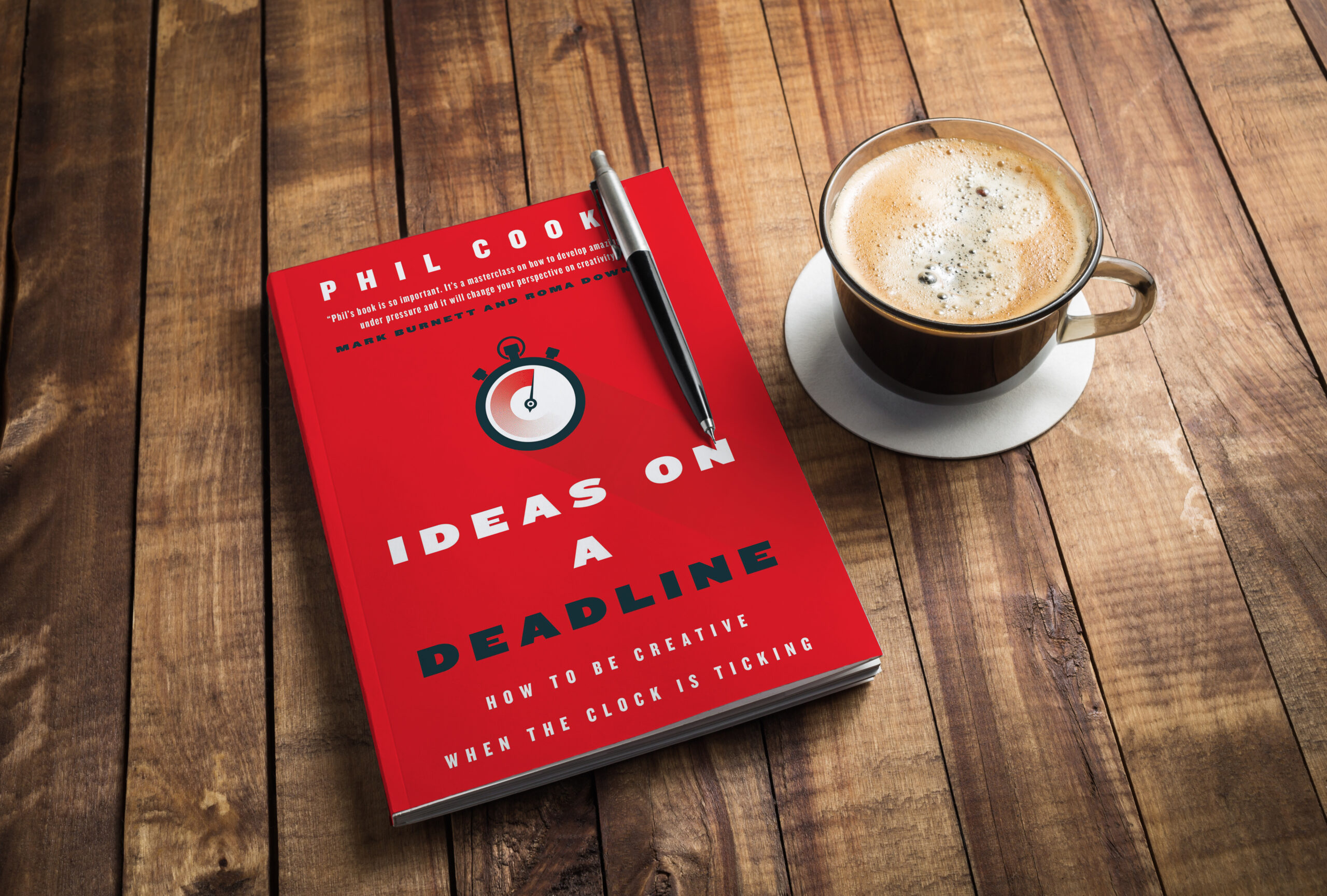
Phil Cooke Book Review
by Warren L. Maye
Christian media entrepreneur Phil Cooke says deadlines loom for all of us, but fear not—they can be the catalyst for our greatest ideas.
Ideas on a Deadline: How to Be Creative When the Clock is Ticking, is written by Dr. Phil Cooke, a renown Christian media entrepreneur. This is his 10th book, another informative and inspiring piece. In it, Cooke writes, “This book is about how to raise your game when it comes to meeting those deadlines, without losing any of your creativity—or sanity—in the process.”
After reading it, I was immediately struck by Cooke’s assertion that deadlines are the birthing place of fresh and innovative ideas. Early in the book he offers several examples that illustrate this point. Then he writes, “Next time you face a deadline, stop looking at it as an obstacle, and think of it as a potential springboard to what could be the greatest idea of your life.”
Four memorable words
Cooke organized Ideas on a Deadline under four words, which identify the key sections of the book: 1.) The Mindset, 2.) The Motivation, 3.) The Method, and 4.) The Momentum.
He starts with the creative mindset—”how we need to reset our thinking for tackling great creative challenges.” He discusses the role that “passion” plays in creativity, why deadlines matter, and what’s truly behind those “eureka” moments.
Then he explores the motivation behind great ideas, how to build confidence, and how to increase one’s capacity for new ideas.
The main section of the book focuses on Cooke’s methodology. He writes, “This is where the rubber meets the road and covers how to use creative extensions and get clarity.” That section ends with a list of techniques he uses when deadlines loom.
An immersion strategy
Cooke’s style encourages readers to immerse themselves in this multifaceted topic. His strategy seems to involve exposing readers to a variety of views, approaches, and solutions by significant thought influencers that will lead to discerning what are the keys to success.
The pace in which Cooke presents various ideas and opinions reflects the passion that is characteristic of his personality. It’s contagious when hearing him speak and when reading his books.
Each chapter is filled with vivid anecdotes from Cooke’s life and the lives of others. The lessons he has learned from his colorful media career reveal the intricacies of communication on many levels.
Finding quality in quantity
It seems like Cooke also wants to dispel the notion that one must sit around and wait to be struck by inspiration. Instead, he asserts that one must get started and work; quantity is more important than quality because from among the vast accumulation of “forgettable” attempts at greatness, will emerge the diamonds of quality.
Be prepared to be immersed in a deep and Olympic–sized pool of thought, richly sprinkled with numerous quotations, scenarios, and reflections from a host of notable influencers.
Who can use this book?
Cooke writes for the “artisans” of today’s “creative class.” He describes them as business and nonprofit leaders, pastors, teachers, film makers, writers, graphic designers, athletic coaches, realtors, hairstylists, and everyone who needs creative results on a regular basis and on deadline.
Cooke is also a voracious reader, and this trait is indicative in the abundance of references sprinkled throughout the book, which will inspire readers to engage.
Cooke concludes with a discussion about momentum by asking, “Where do you go from here?” His question is a call to action that challenges readers to delve deeper into the nuances of knowledge, thought, and reflection. To find even more common ground between ideas and deadlines, Cooke provides a bibliography for further reading.




